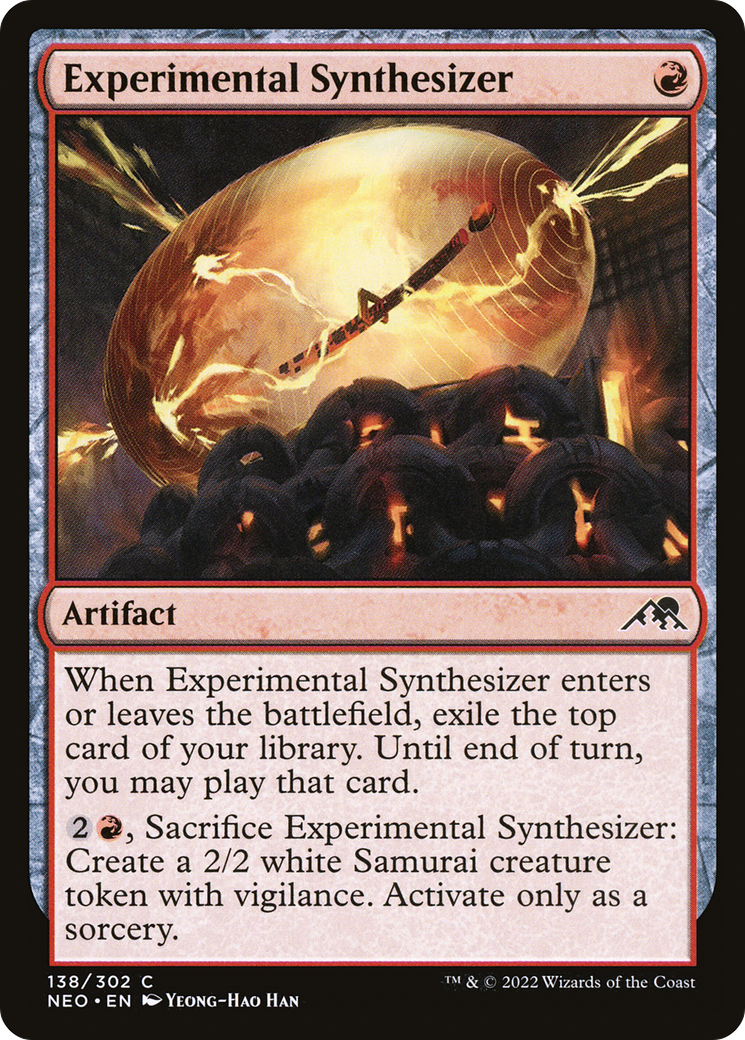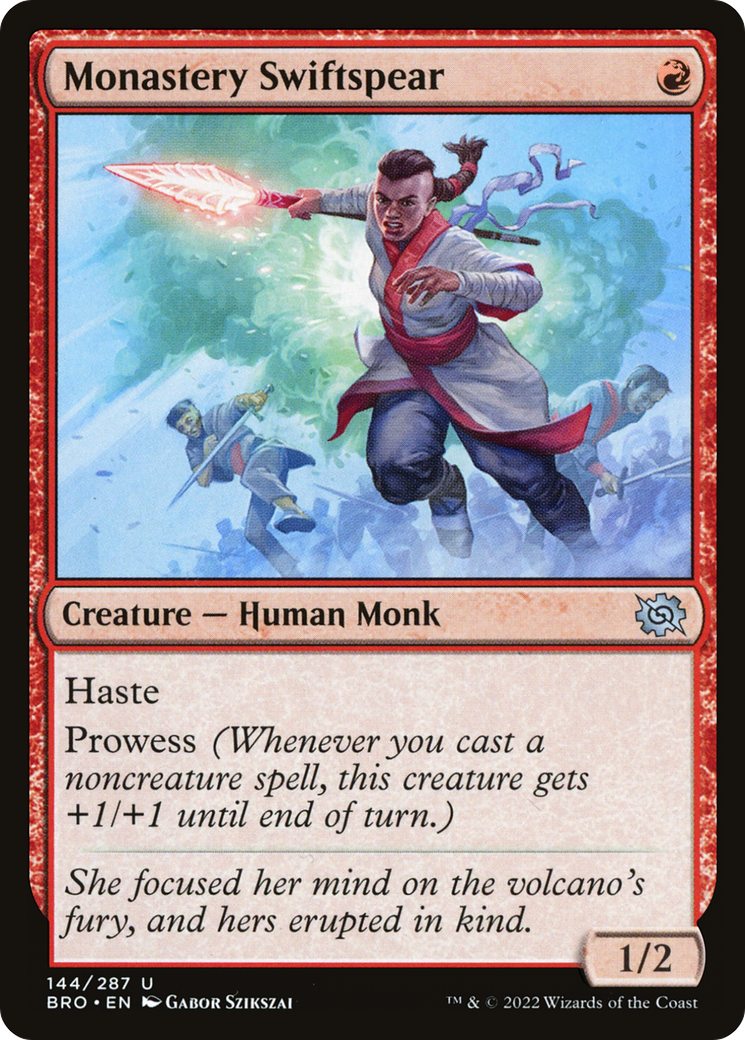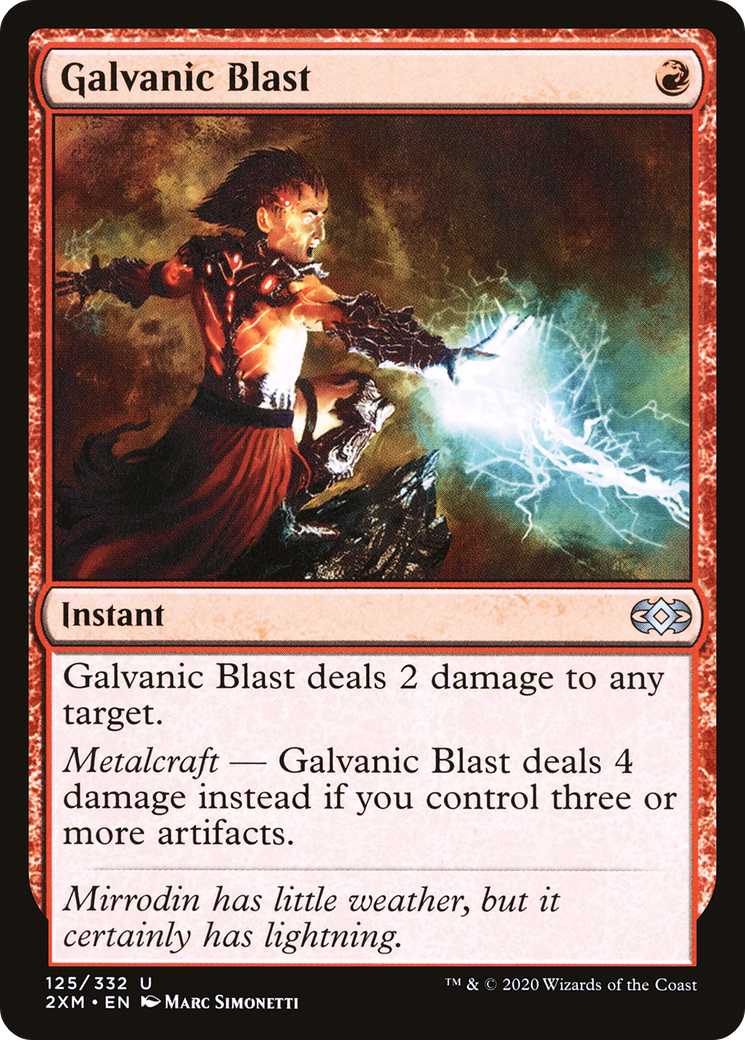I’ve been playing weekly paper Pauper on Wednesday Night in the RIW Hobbies Pauper League for a few months (you can watch it live every Wednesday night 6PM at twitch.tv/riwhobbies) and I’ve finally narrowed down to a deck I’m locked down on: Kuldotha Red.
I’ve been nothing but impressed with this 75 since I started playing it a few weeks ago and got my first league 3-0 amid stiff competition with it last week. While I’m also a big fan of Bogles Hexproof (, I tend to historically keep that one in my back pocket as a back up deck and select one of the known ‘best decks’ in the format as my primary. https://riwhobbies.com/pauper-auras-hexproof/)
It’s clear from format performance that Kuldotha Red is one of the top decks in Pauper and has shaped our local metagame as the winner of the October League in the capable hands of David Polzin (who’s list I started with) as well as putting up great results at the RIW Hobbies Pauper 1K.
While I tend to favor Blue decks with Counterspell and Brainstorm in formats where I can play them, Kuldotha Red is a special kind of red deck that also falls squarely into the wheelhouse of the style of decks I love to play. It’s a Red deck that has combo feeling play patterns, much like the Atarka Red deck I piloted to a SCG Open Championship back in 2014. Speaking of Atarka Red, what a windfall the best card in that deck was downshifted to Common and is playable in Pauper:
I still have the same playset of Japanese Monastery Swiftspear I cracked from packs and played in my SCG Open Atarka Red deck. So, I’ve got some nice memories attached to these, though I never would have dreamt in a million years Swiftspear would get downshifted. It is pound-for-pound one of the best and most efficient cards in the entire Pauper format alongside an elite company of cards like Brainstorm, Counterspell, and Lightning Bolt (which I also get to play in this deck).
A critical mass of good stuff! The thing I love about the deck is that its the top shelf of a burn deck:
Hybridized with the best red artifact synergy enabler cards we can play. One small change I made to the stock 75 was to play a main deck End the Festivities because I bring it in a lot and it’s not worse than Lava Dart in most scenarios even when it’s not as good (typically with Flamebreather or Swiftspear). I use a different version of End the Festivities in my main deck than sideboard, so it’s easy to differentiate and track that I have my correct 60 reset to start a match.
We end up with a fantastic deck full of synergy, threats to pressure life totals, and burn to close out games and remove blockers.. I also like that Kuldotha is the best aggressive deck in the format which makes it easy to know what your role will be from one match up to the next: I’m always the beatdown!
One of the small tunes I’ve made to the deck is a 2/2 split on Chromatic Star and Implements of Combustion. It’s one of those rare scenarios where I think a split is better than one option being better than the other with a similar card. I found there were some draws where I wanted to cycle off my Implement early to look for land but progress my play, which is why I opted for a split.
Before I decided to build the deck I got to watch David Polizin play it quite a bit on camera in the League and Experimental Synthesizer was the card that impressed me the most. It sort of plays out like the red equivalent of a Ponder or Brainstorm, providing card advantage as well as Artifact synergy by being in play.
The cost of playing the artifact enablers is very low and the payoffs are sky high! When enabled with Metalcraft Galvanic Blast is the most efficient burn spell in the format and 3 1/1s for a single R is an incredible rate on creatures to beat down with.
The ‘cost’ of running artifact synergy cards is low when we get the privilege of playing a fantastic card like Experimental Synthesizer. When I was watching David win the October League on Camera, Synthesizer (along with my trusty Swiftspears) were the cards that made me think this was the deck I wanted to play. It functions very much like a midgame Preordain or Ponder in a Blue deck, while also providing Metalcraft and fodder for Kuldotha Rebirth, not to mention a 2/2 White Samauri token against grindy removal based decks in long games. It’s a lot of value and one of the biggest reasons to play the deck.
I will say that it is not like a Preordain when you keep one land hand. You don’t want to be trying to hit a land with it on turn two – rather, you want to play it into a board with mana so you can always play the card you exile to it. The deck is land light – threat heavy – so prioritize keeping hands with two lands. It’s a very bad deck for trying to spike a second land on the play because it only runs 17 lands.
I love that we are mono colored and all our sources enter untapped which allows us to take the initiative and leverage aggressive draws.
Kuldotha Red wins by creating and sustaining pressure by utilizing the early turns of the game to seize the beatdown role. Most of its threats serve as anchors that create cascading damage as the game continues to play out.
Monastery Swiftspear is the best threat because it deals so much damage as we unload our burn spells when unblocked and Kessig Flamecaller provides a similar functionality by generating points of damage.
Kuldotha Rebirth is also an extremely awkward threat for a lot of decks to deal with because it creates so many bodies and thus isn’t answered profitably by removal. We also have a singleton Goblin Bushwhacker to really drive those Goblin tokens into the red zone for damage. Decks like this one are why they call it the “red zone.”
This suite of cards is a huge part of the reason I picked Kuldotha as my top tier deck to play. They give the deck an actual card advantage that matches our efficiency. Since almost all of the cards in the deck only cost one to cast, it’s very likely we’ll be able to cast whatever we spike with either of these spells. Kuldotha Red is a deck built on efficiency and mana curve and so it can take fantastic advantage of these ‘use now’ card advantage spells.
I only made a few changes to the stock sideboard. I’ve been super impressed with Smash to Smithereens in the meta across a lot of Artifact based matchups and went with a third copy over the fourth Gorilla Shaman for Affinity.
I also used the sideboard slot I opened up by moving a single copy of End the Festivities to make room for a third copy of Molten Rain. I really like Molten Rain against Caw Gates as well as RW Bouneland decks. It’s pretty reasonable to cut an opponent off a color against Gates or attack their powerful Gate cards directly.
You also never know when you’ll randomly run into a Tron deck. It’s just so good against midrange decks which tend to be the most challenging match up for Mono Red.
I’m still boarding three copies of Relic. I do respect the combo decks in Pauper and they are also fantastic against Dimir Terror.
All things considered, I’ve been happy with my choice to play Kuldotha Red. It’s certainly one of the top decks in Pauper at the moment and has a lot of interesting lines of play because of the card advantage spells, Experimental Synthesizer and Reckless Impulse. It gives the deck a lot of great ways to leverage its efficient cards early and then pull into more sustained pressure against opposing decks. I also think that Kuldotha is the best ‘on the play’ deck in the format, thanks to Monastery Swfitspear.
Its certainly a deck worth checking out and considering if you’re planning to play paper Pauper anytime soon!






































